A complete tourist and cultural guide of
Punjab
Punjab, India's cultural heartbeat, offers an unforgettable blend of golden temples, heroic history, and lively traditions.
Punjab is a land of history, spirituality, and festivities. From the sacred Golden Temple in Amritsar to the vast mustard fields that symbolize prosperity, Punjab offers a perfect mix of tradition and modernity. The birthplace of Bhangra and Punjabi folk music, Punjab is a cultural powerhouse. Whether you seek history, adventure, or lively city life, Punjab has it all.
Discover Punbja - Tourist Attractions
Punjab is a perfect blend of heritage, spirituality, and scenic beauty. With its historic forts, revered gurudwaras, lush landscapes, and vibrant culture, it offers an unforgettable travel experience. Explore more for an exhaustive list of all tourist places in Punjab.
Golden Temple
Wagah Border
Jallianwala Bagh
Anandpur Sahib
Sheesh Mahal, Patiala
Qila Mubarak, Bathinda
Harike Wetland
Virasat-e-Khalsa
Heritage of Punjab
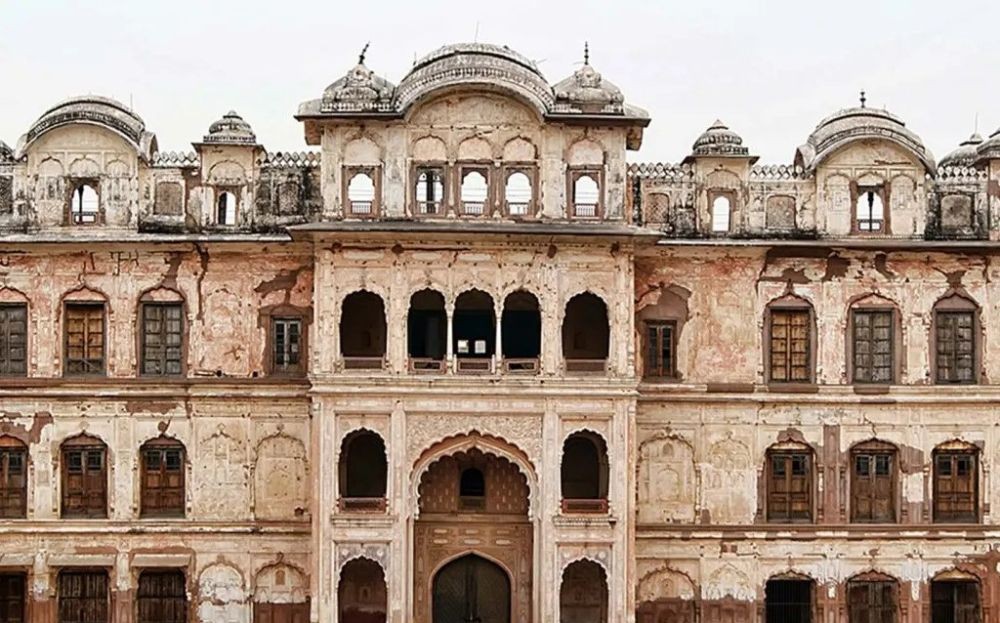
Punjab is a treasure trove of Sikh heritage, with centuries-old gurudwaras, historic forts, and vibrant festivals. The grand architecture of Qila Mubarak, the rich traditions of Phulkari embroidery, and the valor of Sikh warriors make Punjab a cultural paradise. UNESCO-recognized sites like the Golden Temple stand as a testament to the state’s glorious past. The state is also home to numerous heritage villages preserving traditional Punjabi lifestyle and crafts.
The Performing Art of Punjab
Punjab’s culture is deeply rooted in traditions, from the high-energy dance forms of Bhangra and Giddha to the soulful tunes of Punjabi folk music. Festivals like Baisakhi celebrate the agrarian lifestyle, while Gurpurabs bring communities together in devotion. Punjabi literature, rich in poetry and Sufi compositions, continues to influence modern art and music. The vibrant colors of turbans, dazzling juttis, and traditional cuisine add to the state’s cultural richness.
Music Form
Punjab is the heartland of energetic and soulful music. From Sufi melodies to foot-tapping Bhangra beats, music is an integral part of Punjabi culture.

Bhangra Music
High-energy beats performed during harvest celebrations and festivals.
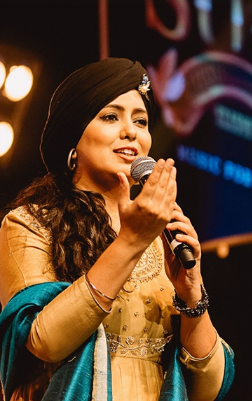
Sufi Music
Spiritual and soulful compositions inspired by poets like Bulleh Shah.

Punjabi Folk
Traditional songs like Heer-Ranjha and Boliyan that depict love and folklore.
Others Music forms – Modern Punjabi Pop – A global phenomenon with artists like Gurdas Maan and Diljit Dosanjh taking Punjabi music worldwide.
Dance Form
Punjab boasts a rich variety of dance forms, ranging from the vigorous Bhangra to graceful Giddha, performed during celebrations and festivals. Some of the prominent dance forms of Punjab are:
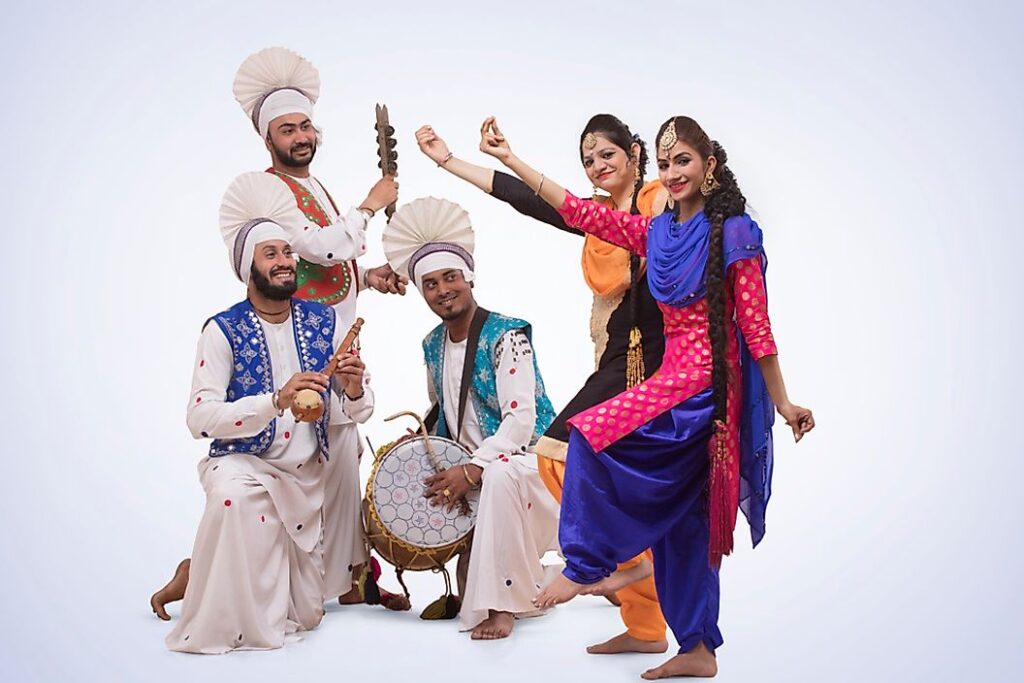
Bhangra
A high-energy folk dance performed by men with dhol beats.
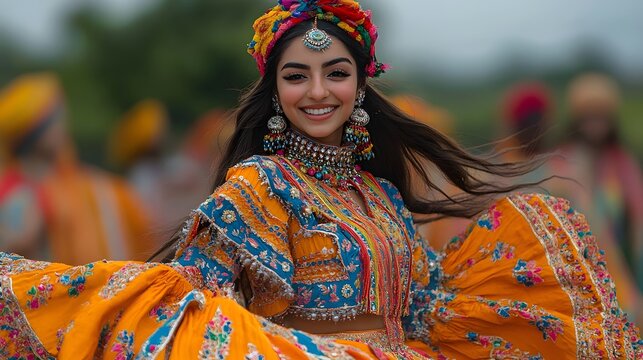
Giddha
A graceful women’s dance that includes claps and witty poetic exchanges.
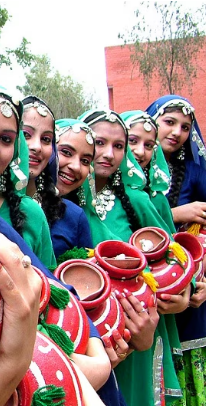
Sammi
A traditional dance performed by women with vibrant attire and synchronized movements.
Others dance forms – Jhumar – A slow and rhythmic dance, popular in rural Punjab.
Festivals and Celebrations
Punjab celebrates vibrant festivals rooted in devotion, agriculture, and history. Baisakhi, the grand harvest festival, marks prosperity, while Gurpurabs honor Sikh Gurus with grand processions. Lohri, Maghi, and Hola Mohalla showcase spiritual fervor and cultural brilliance.

Baisakhi
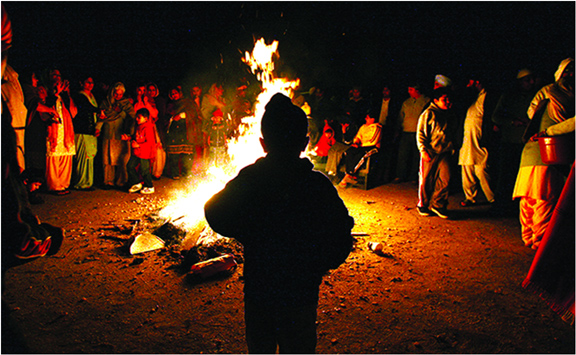
Lohri
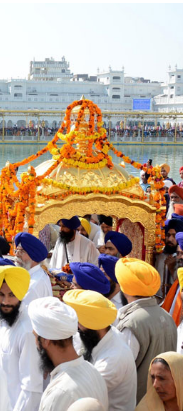
Gurpurab
Others Festivals and Celebrations forms –Hola Mohalla
Punjab's Cuisine

Makki di Roti & Sarson da Saag

Amritsari Kulcha
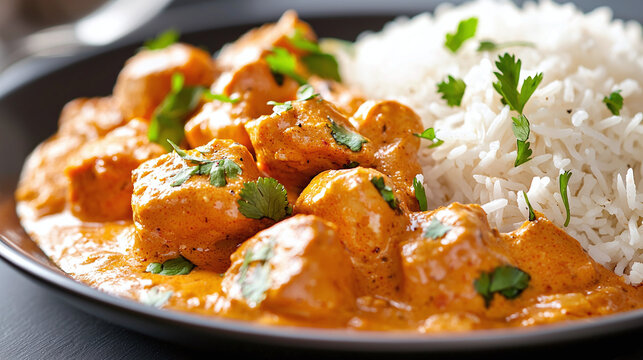
Butter Chicken
Punjab’s cuisine is rich in flavors, with wheat-based dishes, dairy products, and aromatic spices.
- Makki di Roti & Sarson da Saag – A traditional winter delicacy with mustard greens and cornmeal bread.
- Amritsari Kulcha – A stuffed bread served with chole (chickpeas).
- Butter Chicken – A globally famous Punjabi dish with creamy tomato gravy.
- Lassi – A refreshing yogurt-based drink, available in swet or salty flavors.
- Punjabi Tandoori Dishes – Includes tandoori chicken, naan, and kebabs.
Popular Shopping Items
Punjab is a shopper’s paradise, offering a range of unique items:
Phulkari Embroidery – Traditional handwoven shawls and dupattas.
Punjabi Juttis – Handcrafted leather footwear with intricate designs.
Amritsari Papad & Wadiyan – Spiced lentil-based snacks, a household staple.
Spices & Dry Fruits – Best found in Amritsar and Patiala’s local markets.
Brass & Copperware – Beautifully designed kitchenware and utensils.
Best shopping places: Hall Bazaar (Amritsar), Patiala’s local markets, and Ludhiana for woolen garments.
Phulkari Embroidery
Punjabi Juttis
Amritsari Papad & Wadiyan
Brass & Copperware
Evolution of Punjab
⇒ Early Civilization: Part of the Indus Valley Civilization, dating back to 2500 BCE.
⇒ Sikh Empire: Established by Maharaja Ranjit Singh, known for its military strength and administrative excellence.
⇒ Partition of India (1947): Punjab was divided between India and Pakistan, leading to mass migrations and cultural transformations.
⇒ Modern Punjab: A leading agricultural and industrial hub, with cities like Amritsar, Ludhiana, and Chandigarh driving economic growth.
Safety Measures and Tips
Gurudwara Etiquette – Cover your head, remove shoes, and maintain silence when visiting places like the Golden Temple.
Border Visit Caution – While visiting Wagah Border, be prepared for high security and large crowds.
Road Safety – Punjab has well-connected highways, but follow traffic rules and avoid overspeeding.
Festive Crowd Management – During major festivals like Baisakhi, expect large crowds. Plan visits accordingly and stay alert.
Shopping Awareness – While shopping in markets like Amritsar’s Hall Bazaar, be aware of overpricing. Bargaining is common in street markets.
Emergency Contacts – Keep local emergency numbers saved: Police (100), Ambulance (108), and Tourist Helpline (1363). Most major cities have accessible medical facilities.
Varanasi Blogs
- Uttar Pradesh Cultural guide
- Places to visit in Varanasi
- Places to visit nearby Varanasi
- India’s most popular destination
- India’s archaeological marvels
Recommended articles
- Uttar Pradesh Cultural guide
- Places to visit in Varanasi
- Places to visit nearby Varanasi
- India’s most popular destination

